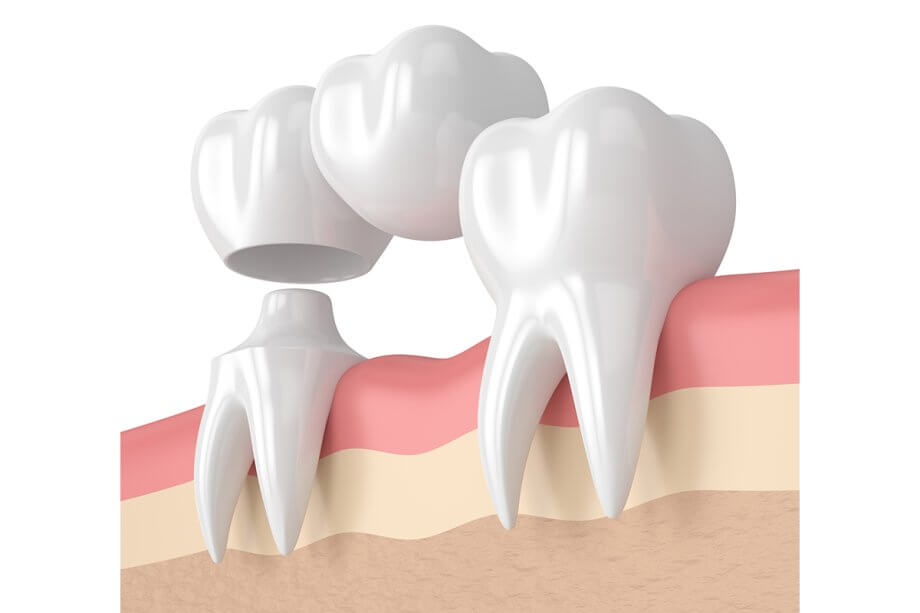Dental bridges are sturdy, attractive replacements for missing or damaged teeth. They can replace more than three teeth in a row with a crown or implant at either end to provide anchoring stability.
Like most dental treatments, bridges have their pros and cons. This blog article will explain the advantages and disadvantages of bridges, helping you decide which dental restoration is suitable for you.
About Dental Bridges
A dental bridge consists of artificial teeth (pontics) that fill in gaps in a patient's smile. The pontics attach to crowns or dental implants on either side of the gap.
Types of Dental Bridges
- Traditional: A traditional bridge receives support from crowns on either side of the gap in the patient's teeth, with pontics filling in between.
- Maryland: Maryland bridges are bonded to natural teeth on either side of the gap using a metal framework, eliminating the need for crowns.
- Implant-Supported: The sturdiest type of bridge, implant-supported bridges are more durable than traditional, and Maryland bridges.
Pros of Dental Bridges
Aesthetically Pleasing
A dental bridge looks much like natural teeth, providing a beautiful restoration. The patient no longer needs to worry about the gap in their teeth and can smile freely.
Restore Chewing Ability
Bridge restores the patient's chewing ability.
Relatively Affordable
Bridges are far less expensive than implants and partial dentures.
Cons of Dental Bridges
Relatively Short Lifespan
Bridges do not last as long as crowns and implants. Implant posts may last a lifetime, with proper care.
Call Midtown Dental Associates
When you need to replace a missing tooth, weighing the advantages of each type of restoration can be a headache. Bridges can be an excellent choice for patients with missing teeth, but you need to know about the pros and cons of this type of restoration.
Call our NYC office at 212.685.4730 for a consultation, where we will help you decide which is the best restoration for your missing teeth.


